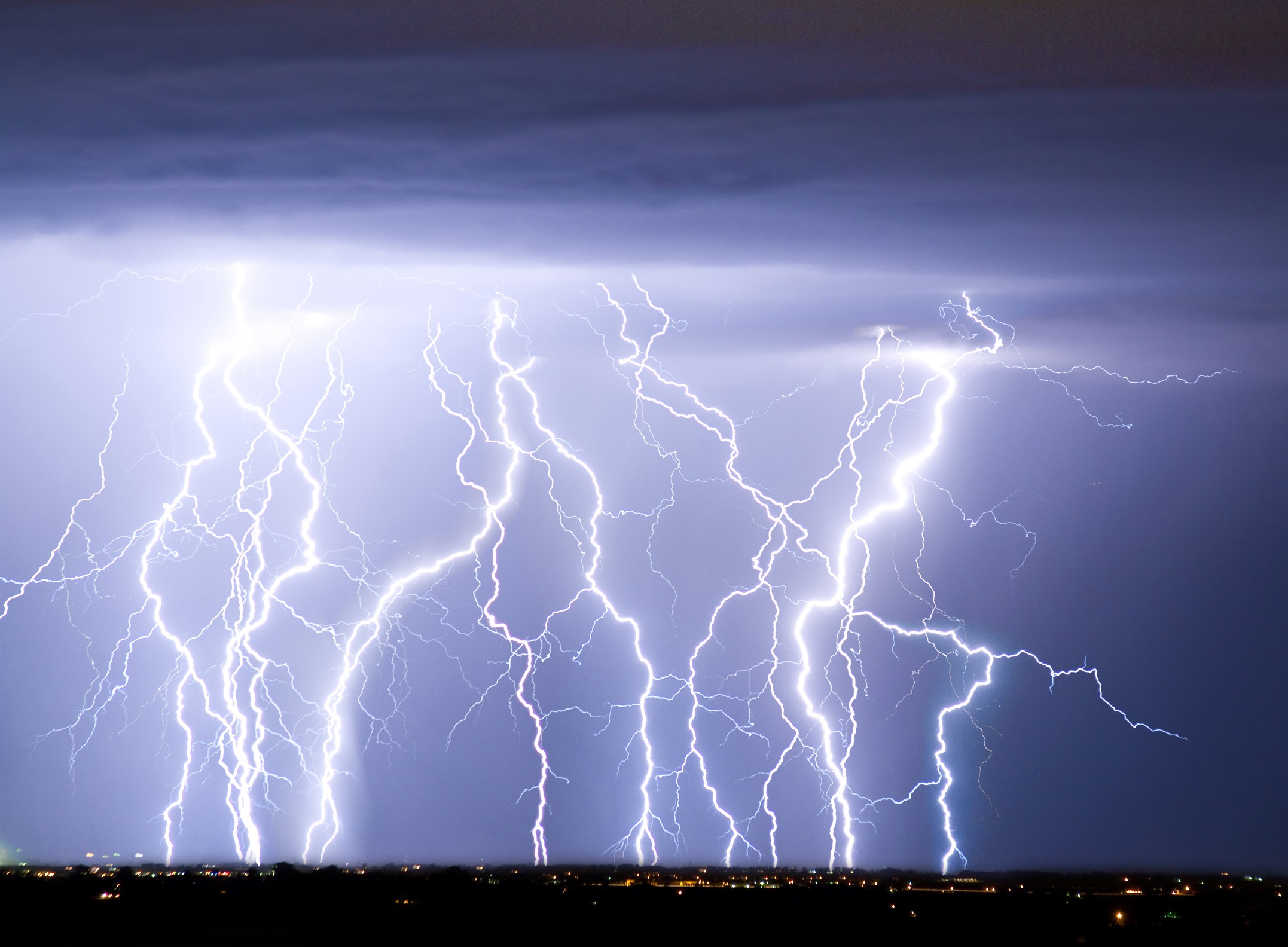
Heavy Rain, Flooding, and Chance of Severe Weather Staring Down the Southern U.S.
January 22, 2024
Posted: January 4, 2024 12:34 pm





A line of severe storms is forecast to push into the Southeast over the next several days, bringing the chance of thunderstorms, heavy rain, and more. Here is what you can expect for the timing and location of these storm cells.
Several Storms Poised to Track Across Southern U.S.
Multiple storms are predicted to impact the Southeast and the Gulf Coast through the weekend and into the early part of next week. The storms will also usher in the risk of tornadoes for the region, putting residents on high alert for a rare January tornadic outbreak.
This is the same cross-county weather maker that is already sending snow to the higher elevations of the Southwest, the Four Corners region, and into the southern High Plains. The weather maker will eventually dump significant snow in the Ohio Valley and the Northeast as it makes its way across the country. But first, the weather impacts will hit the Gulf Coast and the Southeast.
Timing of Storms
You can expect the storms to fire up beginning on Friday, moving from west to east. For instance, Houston will wake up to morning rain showers on Friday with the possibility of heavy rainfall at times. Rainfall accumulations of about a quarter of an inch are on tap. It will be breezy with winds out of the north at 10 to 20 mph. While the sun is predicted to peek out later in the afternoon, the mercury will remain in the upper 50s for a high with lows hovering in the mid 40s.
The moisture will be welcome with open arms in areas across the lower Mississippi River Valley and into the Tennessee Valley, both currently dealing with levels of extreme to exceptional drought.
While the rain is good news for the ongoing drought, the heavy load of precipitation will also raise the risk of flooding for much of the Gulf Coast and the Southeast. Locally gusty thunderstorms are another significant threat with this system that residents will want to be aware of.
The good news is that a mass of stable air anchored over the region ahead of the incoming storm will work to mitigate the risk of severe weather most typically seen during the spring and summer months. However, the Gulf Coast region and into Florida could still see isolated severe storms on Friday and Saturday.
New Orleans will be in the line of fire for thunderstorms on Friday afternoon after seeing heavy rain in the morning. These storms will likely linger into the evening hours. Rainfall accumulations of over an inch could be a possibility in the Crescent City by the time the threat of storms dissipates. It will be a muggy day with high humidity levels and highs in the upper 60s.
Arrival of Second Weather Maker Will Bring in Additional Impacts to the Region
The threat of severe weather will increase as the weekend progresses and into early next week as the stable air begins to break down. The arrival of a second storm system will be able to suck up the moisture and warm air circulating in the Gulf of Mexico and lay the groundwork for storm development on Monday and Tuesday across the southeastern U.S.
The highest risk of severe weather will take place Monday across the Gulf Coast stretching from eastern Texas and all the way into the Florida Panhandle. This line of storms will carry the risk of heavy rain, strong winds, and isolated tornadoes.
While it is still early to say with certainty, the long-range forecast is calling for 1 to 2 inches of rain on Tuesday across the Atlanta metro area. Winds out of the south at 15 to 25 mph will make for a miserable day in the Peach City.
Meteorologists are warning about the chance of nocturnal tornadoes, defined as twisters that spin up under the cover of darkness and when many people are sleeping. As such, it is important to stay abreast of the chances of nocturnal tornadoes if you live in the potential impact zone. Enabling severe weather alerts on a smartphone could save a life.
Flooding concerns will also be an issue due to the high amount of moisture associated with this weather pattern. Once again, it will be the Gulf Coast and the Southeast that will experience the most likely flooding issues.
The northern flank of this storm system will feature colder temperatures, making it possible for accumulating snow to develop. The Plains states and up into the Great Lakes will be the target of this snow by the beginning of the week. The presence of strong winds will also create the chance of blizzard conditions. The exact timing and intensity of this snow is not yet known.
Did you find this content useful? Feel free to bookmark or to post to your timeline for reference later.

January 21, 2024

January 19, 2024

January 18, 2024